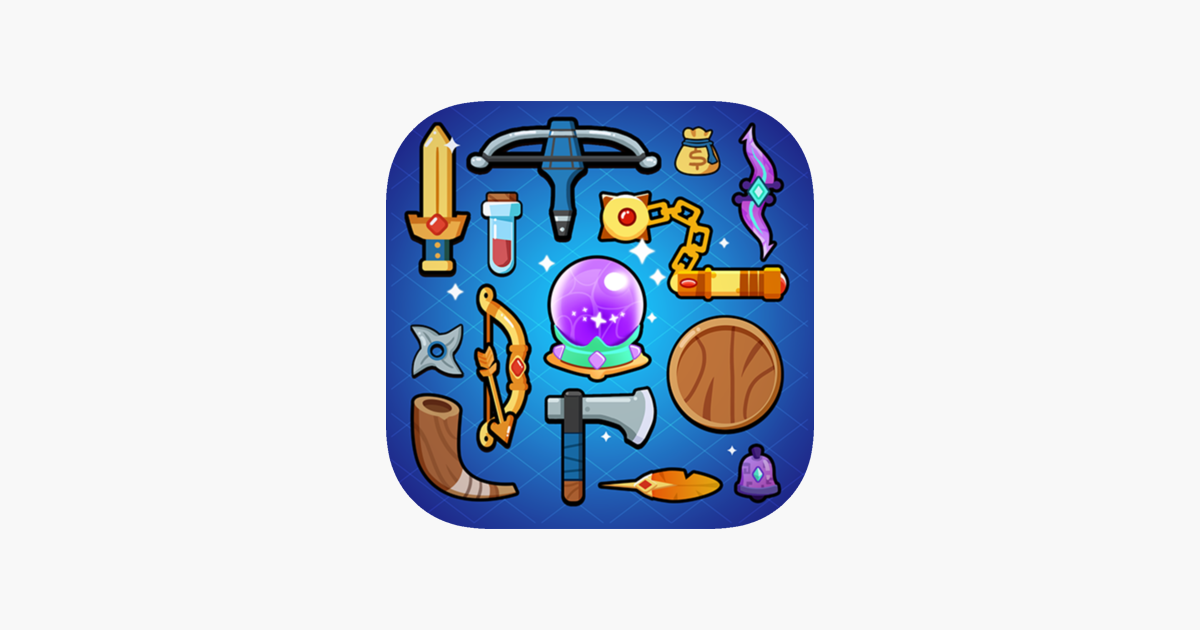The Backpack Rush IPA is the culture of moving through modern life at the speed of your next notification-packing fast, finding faster, and flowing from one context to the next without friction. It’s not just what you carry; it’s how quickly you can deploy it, how gracefully you can stow it, and how reliably your gear adapts to the day’s detours. In a world where minutes matter, the pack becomes a kinetic toolkit.
- Time: Shaving seconds off every action adds up.
- Space: Micro-organization makes small volumes feel big.
- Identity: The bag mirrors the rhythm of its carrier.
This article explores the phenomenon from hallway birth to global trend, unpacks the anatomy of a rush-ready setup, profiles the key players, weighs speed against sustainability, and scans the horizon for what comes next.

What Is the Backpack Rush?
The Backpack Rush is the practice and mindset of carrying only what enables momentum and arranging it so every item is one move away. It blends speed-access design with practiced muscle memory: the pen that lands in your hand without looking, the charger you can snag mid-call, the jacket that deploys in a single pull.
Unlike ultralight backpacking, which optimizes for distance and weight, or everyday carry that often centers on permanence and preparedness, the rush favors workflow fluency. It prioritizes quick transitions between roles-student to intern, commuter to collaborator, creator to editor-often several times in one morning.
At its core, the rush is about friction management: removing micro-delays through smart compartments, tactile wayfinding, and layouts that make sense under pressure. The result isn’t chaos at higher speed; it’s clarity at higher speed.
From Hallway Frenzy to Global Trend
Many trace the roots to school hallways where bells compress time and backpacks become launchpads. The original “rush” was sprinting between classes, flipping zippers mid-stride, and learning that placement-front pocket, top lid, side sleeve-saves seconds you don’t have.
As those students aged into commuters and creators, the behavior evolved. Hybrid schedules, coworking, and the gig economy turned cities into campus-sized corridors. The backpack became a mobile desk, and speed-access features once seen as gimmicks became survival tools for context switching.
Social platforms amplified the trend with packing challenges, “one-grab” layouts, and time-trial content. Makers listened; brands iterated; and a global microculture coalesced around the aesthetics of swiftness-clean lines, clear pockets, magnetic closures, and modular pouches that snap in like ideas.
Milestones in the Rush
| Year | Moment | Impact |
|---|---|---|
| 2000s | Hallway hacks | Speed as survival |
| 2010s | EDC meets tech | Magnetic/side access |
| 2020s | Hybrid work wave | Modular ecosystems |
Anatomy of a Rush-Ready Pack
Think in layers. The outside is for immediate access-keys, transit card, sanitizer, earbuds-anchored near dominant-hand reach. The mid-layer carries daily drivers like notebook, tablet, charging kit in color-coded or textured pouches. The core protects fragile payloads: laptop, camera, or documents in a rigid or suspended sleeve.
Materials lean toward light-but-tough: recycled ripstop, 500D blends, or laminated weaves with water-resistant coatings. Hardware favors one-motion closures-magnetic buckles, half-moon zips, pull tabs with grippy cords-and zipper paths that open where hands naturally land.
Capacity sweet spots often sit between 14-22L: large enough for multi-role days, small enough to stay nimble on transit. A good rush pack keeps its shape half-empty, stands when set down, and uses visual cues-contrasting liners, icon tags, tactile pulls-to cut the search time to near-zero.
Quick Spec Sheet
| Feature | Rush-Friendly Choice |
|---|---|
| Access | Side zip + top hatch |
| Volume | 14-22L modular |
| Weight | < 1.0 kg empty |
| Materials | Recycled ripstop, 500D |
| Closure | Mag-latch + YKK WR zips |
| Extras | Bright liner, key leash |
The Players: Students, Commuters, Creators
Students optimize for bell-driven sprints: a fast laptop sleeve, pen loops that never flop, and a water bottle pocket that doesn’t steal interior space. Their rush metric is “from zip to desk-ready” in under 10 seconds, rain or shine.
Commuters juggle transit, security checks, and hot-desking. They value external cable management, trolley pass-throughs, and pockets that open just enough to show what’s needed-no spillage, no rummaging. Their pack must shift from subway to meeting with minimal theater.
Creators chase shots and deadlines. They want a camera cube that slides like a drawer, silent pulls for on-set discretion, and battery storage that communicates state at a glance. Their rush is measured in missed moments avoided.
Priorities by Persona
| Role | Top Priority | Deal-Breaker | Favorite Feature |
|---|---|---|---|
| Student | Quick book/laptop swap | Slouchy structure | Stand-up base |
| Commuter | Security-friendly access | Dangling straps | Side-entry laptop |
| Creator | One-hand camera grab | Noisy zippers | Removable cube |
Speed Meets Sustainability: Weighing the Trade-offs
Speed often favors synthetics, coatings, and hardware that deliver slick movement and weather defense. Sustainability leans toward repairability, durable stitching, and materials that age well-even if they’re slightly heavier or stiffer out of the box.
Magnetic closures are fast but can complicate recycling; waterproof laminates block rain but reduce breathability and repair options; ultralight weaves feel agile yet may shorten lifespan in abrasive environments. The rush conversation is incomplete without discussing what happens year five, not just day one.
Balanced choices exist: recycled yarns with long-wear weaves, modular parts that can be replaced, and buy-it-for-life design backed by serviceable components. The greenest second saved is the one you can still save after 1,000 commutes.
Trade-off Snapshot
| Choice | Speed | Eco | Durability |
|---|---|---|---|
| Ultralight laminate | High | Medium | Medium |
| Recycled 500D | Medium | High | High |
| Mag buckle | High | Medium | High |
| Metal G-hook | Medium | High | High |
Where the Rush Goes Next
Expect context-aware packs that sense motion, predict access, and surface the right pocket first-think haptic cues near the zipper you’ll need, or light-up liners that guide your hand in low light.
Urban infrastructure will join the story: micro-lockers at transit hubs, NFC bag check-ins for events, even micromobility docks with charge-through compartments. The rush extends beyond the backpack to the city itself.
Culturally, a “slow rush” subculture is forming-same clarity, calmer tempo-prioritizing longevity and calm design. Open-standard modular rails and secondhand ecosystems will let users tune speed without buying a new bag every season.
Near-Future Signals
- Smart liners with e-ink labeling
- Clip-in power spines for shared charging
- Community-swappable pouch standards
Conclusion
Download The Backpack Rush IPA For iOS is a choreography of design and behavior, a pact between gear and routine to keep momentum intact. It began in hallways, matured on subways, and now shapes how students, commuters, and creators move through blended days.
As materials, modularity, and mindful use converge, the fastest path forward may be the one that remains fast for years. Build for clarity, continuity, and care, and the rush becomes not a scramble but a flow.







Leave a Comment